Expert Masonry Techniques for Brick, Stone, and Concrete Construction
Mastering masonry involves techniques for laying bricks, stones, and blocks with mortar to create stable, aesthetically pleasing structures. Key...
7 min read
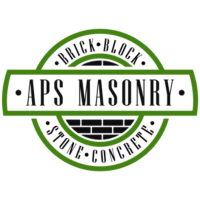 Alec Serowatka
:
Jun 20, 2023 10:44:51 AM
Alec Serowatka
:
Jun 20, 2023 10:44:51 AM
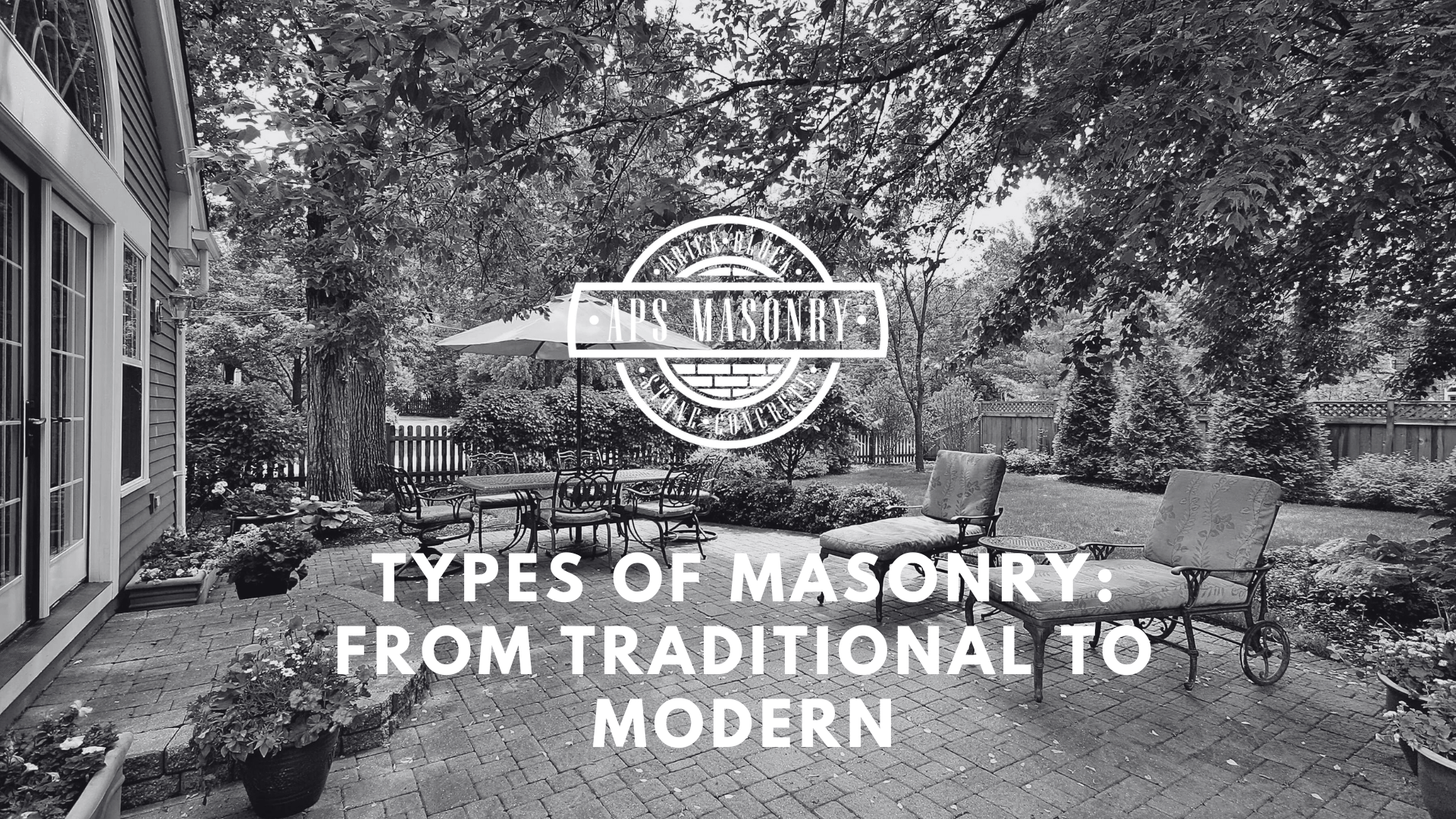
Let's explore the evolution of masonry from traditional to modern methods, catering to diverse construction needs. It covers how old techniques preserve architectural heritage while new methods like gabion and composite masonry meet contemporary demands by blending functionality with aesthetics. This guide serves as a valuable resource for anyone involved in construction, helping to make informed decisions on materials and methods that align with project requirements and aesthetic goals.
The diversity of different types of masonry work is astonishing yet unsurprising, considering the historical timeline and sheer quantity of structures built. Globalization has allowed us to observe and combine our knowledge to offer several wonderful ways to build our homes and societies. Access to different materials in local environments meant that the engineering process of building has been constantly updated and improved to provide the best structures for the challenges of that area. Here are 10 main types of masonry work still used today:
The bonding material used in masonry, or mortar, is a blend of fine sand and lime to create a mixture that offers remarkable flexibility, adhesion, and compressive strength. This mortar ensures a resilient and secure connection by serving as a reliable bonding agent between the individual units used in the structure. Its flexibility allows some absorption of natural movements within the building, preventing structural cracks. The long-lasting integrity of the house is preserved by the flexible bond that allows the natural shifting and settling that occurs over time to happen without damage.
The type of mortar used will affect which masonry technique is best suited.
Masonry in cement mortar offers several advantages. It provides structural stability, with the cement mortar acting as a load-bearing element. It also enhances the resistance to external forces, such as wind, earthquakes, and other environmental factors. Additionally, masonry in cement mortar offers fire resistance and sound insulation properties, making it a preferred choice for residential and commercial construction projects.
Cement mortar is commonly used for brick and stone projects, reinforced brickwork, load-bearing structures, architectural work, and all work in moist situations.
Overall, masonry in cement mortar is a widely used construction technique that combines the strength of cement with the versatility of mortar, resulting in durable and aesthetically pleasing structures.
The use of lime mortar in masonry can be understood when considering limestone forms 20% of the world's sedimentary rock, according to the British Lime Association. The abundance of this naturally occurring material made it perfect for construction for thousands of years. Some of the most iconic structures in history are made from lime mortar, including The Great Pyramids of Giza, The Coliseum, and The Parthenon.
Lime mortar is made by heating limestone to a high temperature. This process creates calcium oxide mixed with water to form lime mortar. Lime mortar possesses remarkable self-healing properties, gradually increasing hardness over time, making it more water-resistant and limiting mold and dampness. It also has the unique ability to absorb atmospheric carbon dioxide (CO2) continually. Although lime is still used today in many other practices, it has been replaced by the more durable and faster-setting Portland cement, but its historical value must be recognized!
Mud mortar was used in masonry throughout history, with various cultures constructing their stone houses using this method. Mud mortar masonry provided solid, long-lasting homes with strength and warmth. The breathability of mud created a cozy and inviting atmosphere within the stone dwellings. The circular stone homes of the Galician Celts serve as a vivid illustration of this ancient building technique.
A mud mortar is prepared by simply mixing soil with water until it is workable. Once applied, a mud mortar quickly sets on drying without elaborate curing procedures. The extremely appealing aspect of mud mortar is using clay from your garden or locally instead of transporting your materials.
Regrettably, the knowledge and skill of creating mud plaster have gradually diminished over time, not only in recent years but throughout construction. Clay mortar was eventually replaced by lime mortar, which found widespread use among ancient other ancient civilizations.
The choice of the best type of masonry depends on various factors, including the specific project requirements, the intended use of the structure, budget constraints, regional climate conditions, and personal preferences.
Bricks are versatile, durable, and aesthetically pleasing. They provide excellent insulation and fire resistance, making them suitable for various applications. Whereas, Concrete blocks offer strength, durability, and affordability. They are commonly used for structural walls and foundations in residential and commercial construction. Additionally, stone masonry is timeless and visually appealing and often used in high-end residential and historic restoration projects.
The best type of masonry ultimately depends on the specific project requirements and objectives. It is recommended to consult with architects, engineers, and construction professionals who can assess the specific needs and recommend the most suitable type of masonry for the given project.
Brickwork is the most common type of masonry today. Brick masonry is a popular choice for construction due to several key reasons. Firstly, bricks are readily available in many regions, making them easily accessible and cost-effective. Their versatility is another advantage, as they come in various sizes, colors, and textures, allowing for diverse design options and attractive structures. Additionally, bricks offer exceptional durability, withstanding harsh weather conditions and requiring minimal maintenance. Lastly, brick masonry provides excellent thermal insulation, regulating interior temperatures and enhancing energy efficiency. These qualities make brick masonry a favored option in the construction industry.
Rubble masonry, a particular style of stone masonry, embraces the natural beauty of raw or loosely dressed stones. The varying thicknesses of these stone buildings add a unique character to their aesthetic. In rubble masonry, the strength of the construction relies on several factors, including the quality of mortar, the strategic use of long-through stones, and the careful filling of mortar between the stone spaces and joints. These considerations contribute to the overall integrity and appeal of the rubble masonry structures.
Ashlar masonry, a highly regarded stone masonry, showcases the craftsmanship and precision of finely dressed stones. These stones, carefully selected for their uniform size, shape, and texture, are expertly laid together using cement or lime mortar. The resulting masonry exhibits a rectangular pattern, with cuboid blocks arranged in horizontal layers. The joints between the stones are remarkably thin and consistently even, adding to the resilience of the ashlar masonry. While the preparation and construction may be time-consuming and costly, this technique is predominantly employed in constructing grand and awe-inspiring structures such as fortification walls, castles, palaces, and churches.
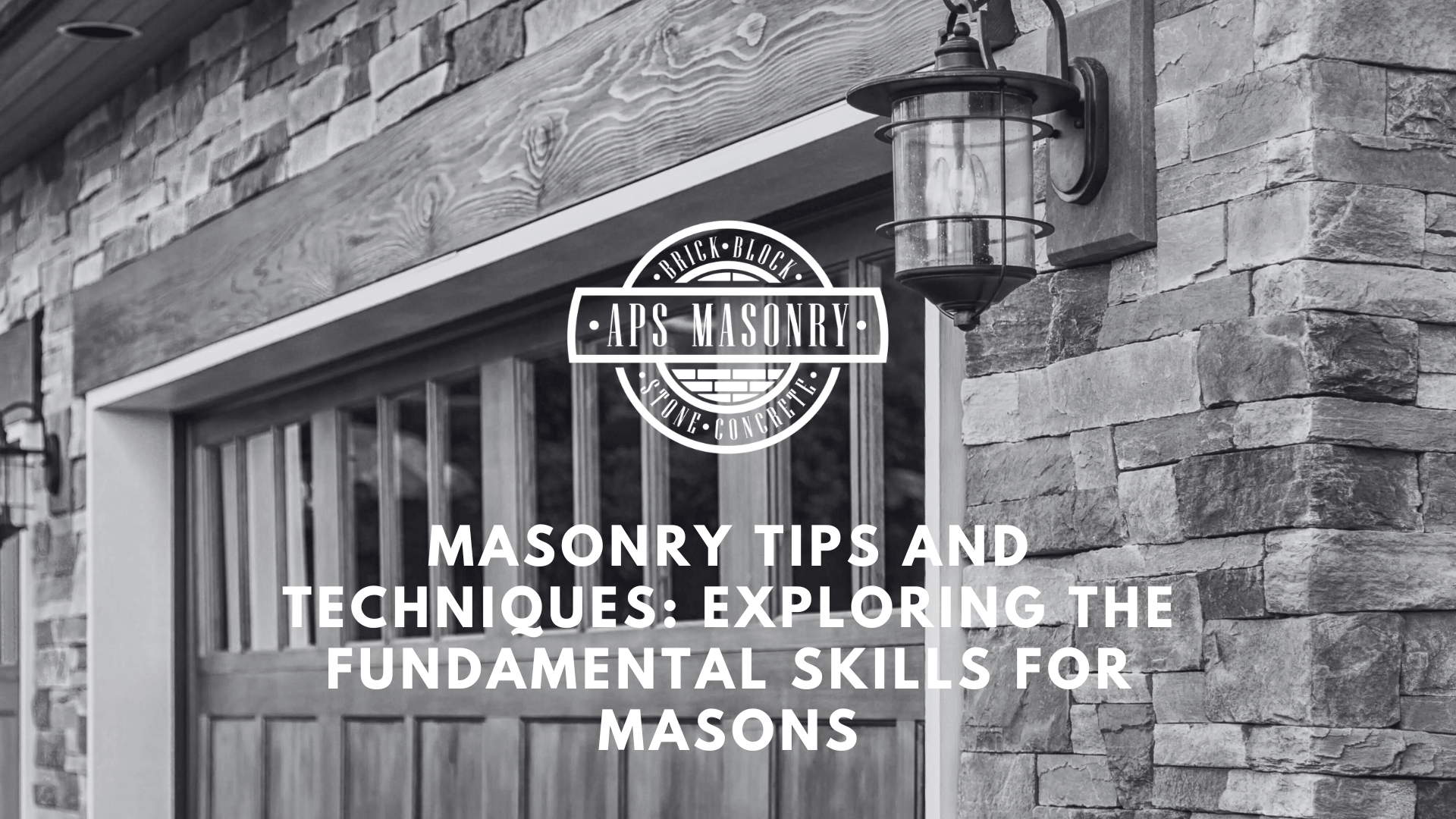
Mastering masonry involves techniques for laying bricks, stones, and blocks with mortar to create stable, aesthetically pleasing structures. Key...
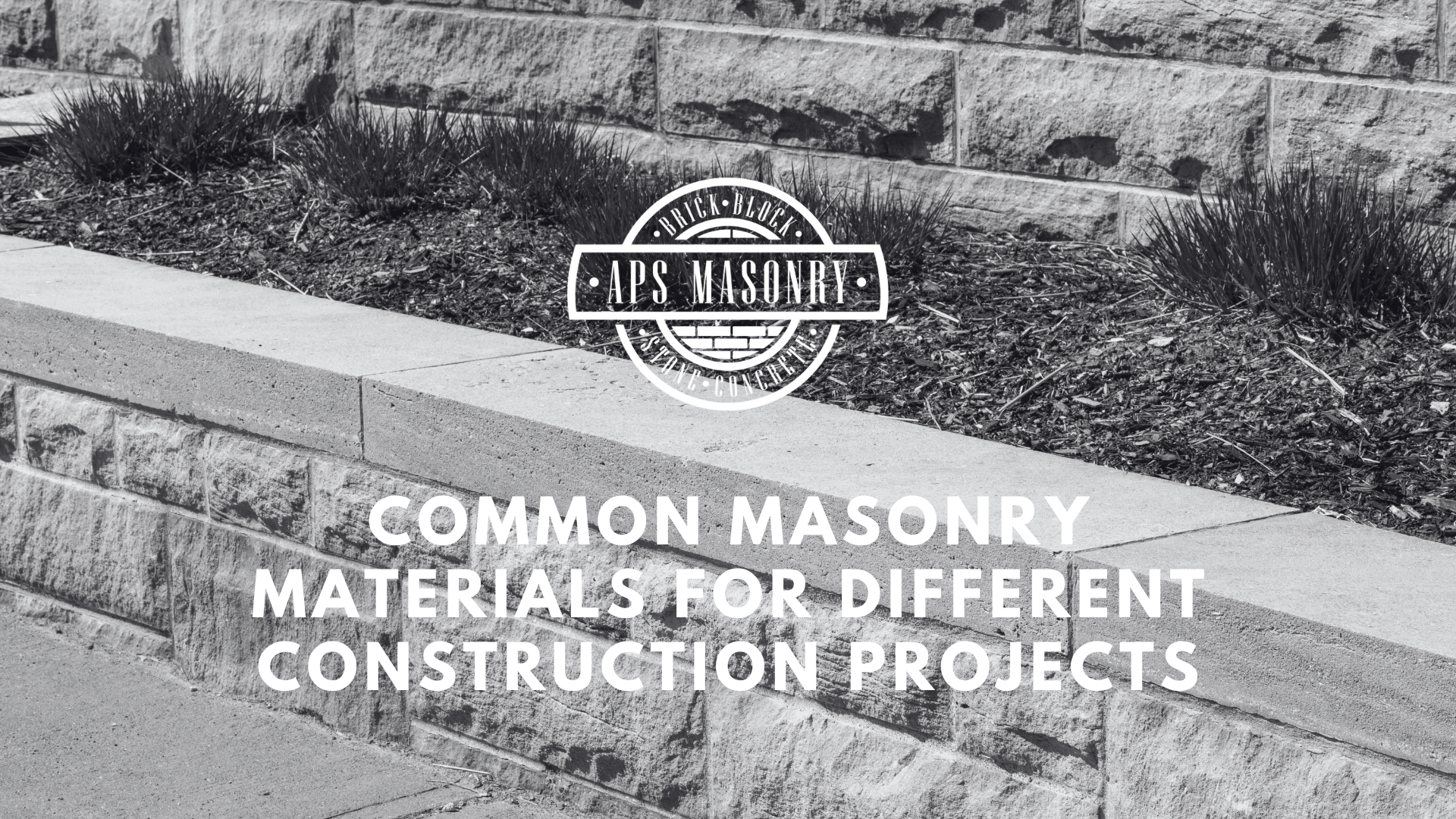
Choosing the right masonry materials is important in guaranteeing a project's durability, strength, and overall success. Masonry work is a technique...
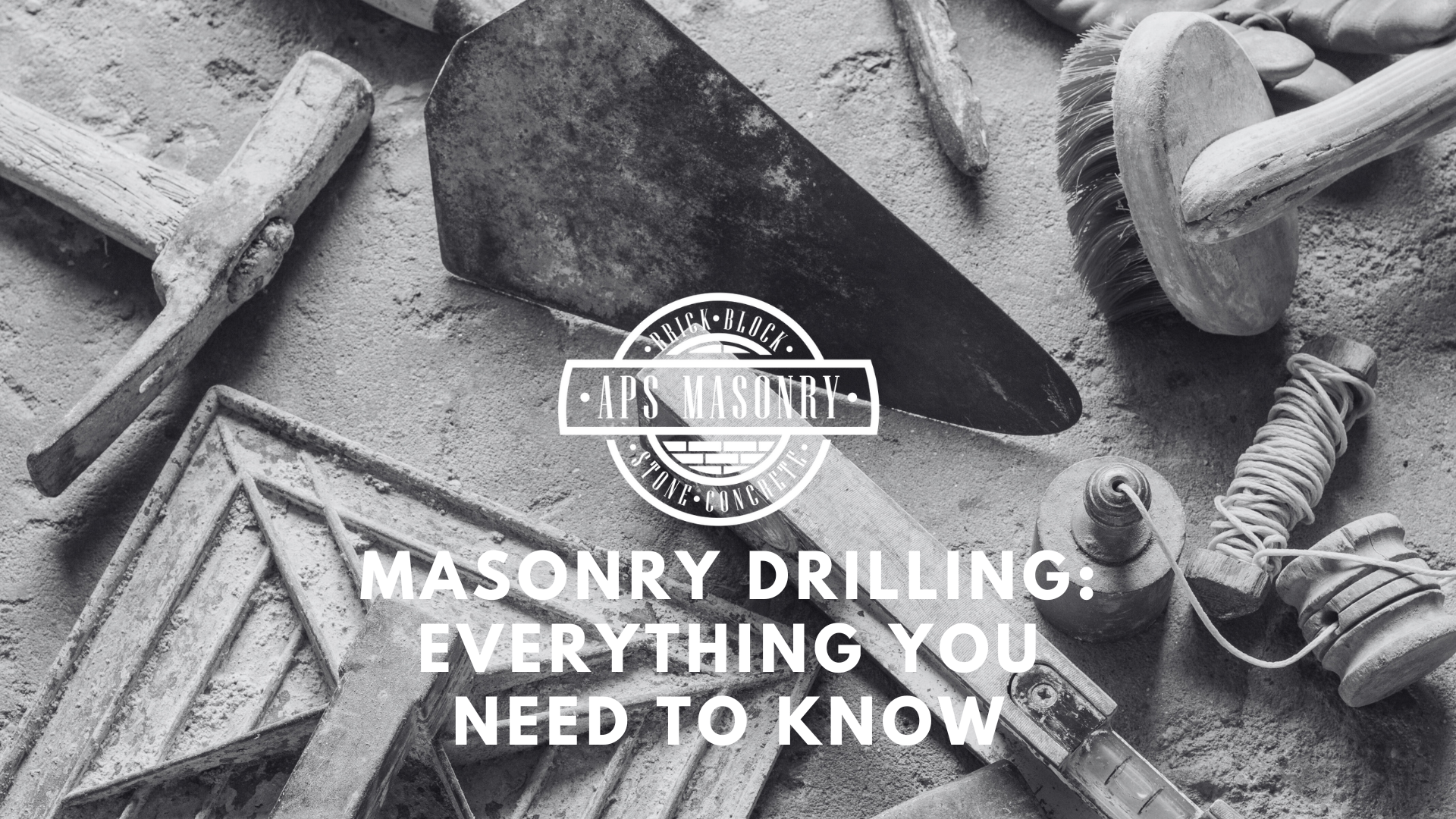
Masonry drilling is an important skill in both construction and various DIY projects. This process involves creating holes in materials like brick,...